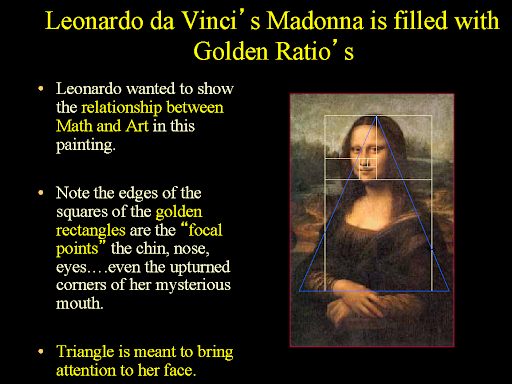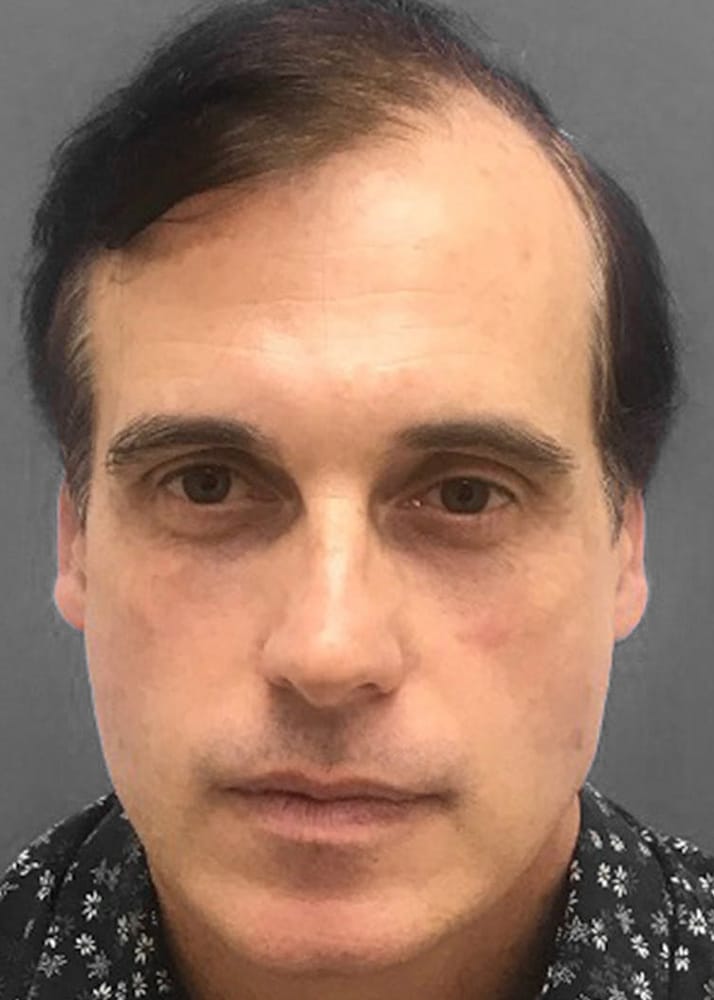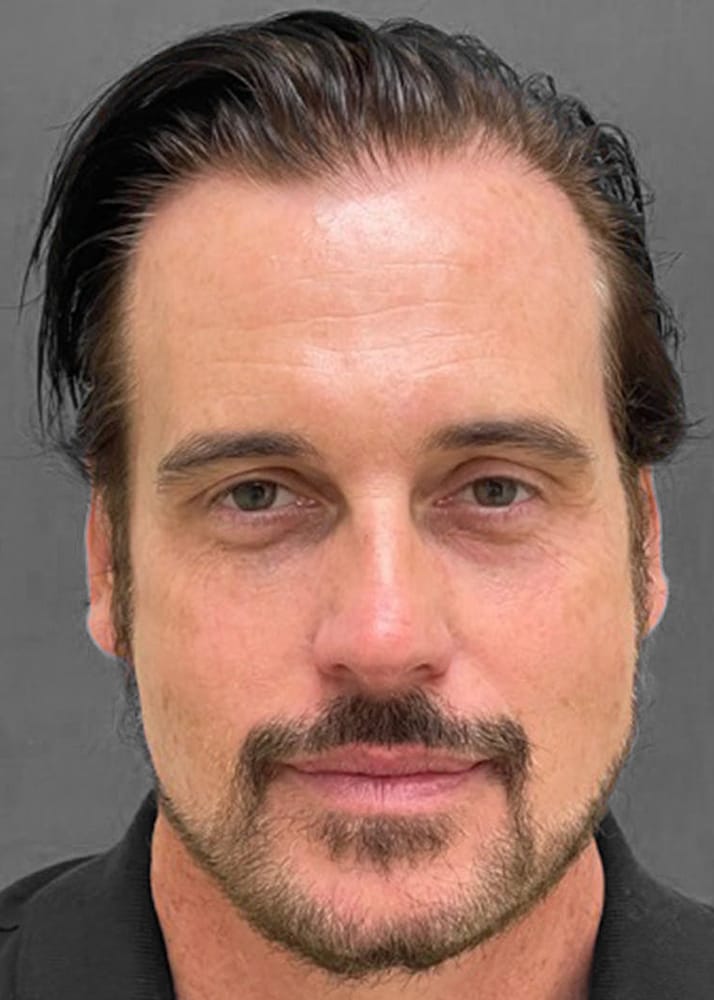
The most important questions any patient should ask when consulting a hair transplant surgeon for permanent hair restoration are, “What is your goal with hairline restoration” and “What are the Artistic Design principles you utilize to achieve that goal”?
Our goal with hairline restoration is quite simple, “we want to create a natural hairline in one session that will not change your look but make you look ten years younger as you age.”
Today, Follicular Unit Transplantation (FUT) and Follicular Unit Extraction (FUE) are the gold standard hair transplant procedures that feature harvesting large numbers of natural hair units.
Many companies promote harvesting equipment like Robotics, handheld drills, and oscillation devices, but these devices do nothing for the most important aspect of hairline restoration, Artistic Design. Designing a hairline is the signature of the experienced hair restoration surgeon.
Our hairline design Utilizing Art and Mathematic Principles was presented by Dr Greco at the Ninth Congress of the Italian Society of Hair restoration, Modena, Italy, 2004. There’s Phi your Face.
The Greeks used Phi and Pi (mathematic principles) to build the Parthenon, and the ancients called it the “Devine” or “Golden Mean” to make the pyramids.
Leonardo da Vinci used these principles to move focal points to the Madonna's chin, nose, and eyes.

Therefore, our goal with hairline design is to “move the focal points from your hairline to your eyes.” We don’t want the attention on your hair but focused on your eyes. Framing your face with hair brings all three hairlines into proper proportion.


Leonardo Fibonacci, a 10th-century Italian, formulated the mathematic series, which is the sum of squares of any series, which is ubiquitous in nature. Hence the Fibonacci spiral below.

This same mathematic principle is utilized in crown restoration. We generally have a clockwise swirl or counterclockwise swirl in our crowns. Hair loss proceeds in a circumferential pattern outward from the center; therefore, the pattern and angulation of the restoration should be in the same outward pattern in the areas of future hair loss.
While these are just some of the basic principles we utilize in design, many other subtle principles are utilized to achieve aesthetic density. Angulation and orientation of hair are extremely important.
When hair is angulated at 20 degrees, and the same number of hairs are angulated at 90 degrees, the aesthetic effect with the more acute angulation will be 100 % more aesthetic density. The more lateral the restoration in the frontal, temporal angles (corners), and temporal peaks, the more acute the angle must be to achieve a natural restoration.
Interspacing follicular units between each other rather than just a random pattern will achieve a layering effect and a more natural result. If the design is a random pattern, then the hair growth will be random and unnatural.
Not all hairlines are the same, and technology is not what defines hair transplantation. A hair restoration surgeon’s signature is all about their hairline design. Experienced surgeons can tell who did the hair transplant just by looking at one’s hairline.
Artistic design cannot be taught in a weekend course “it takes years to perfect.”
